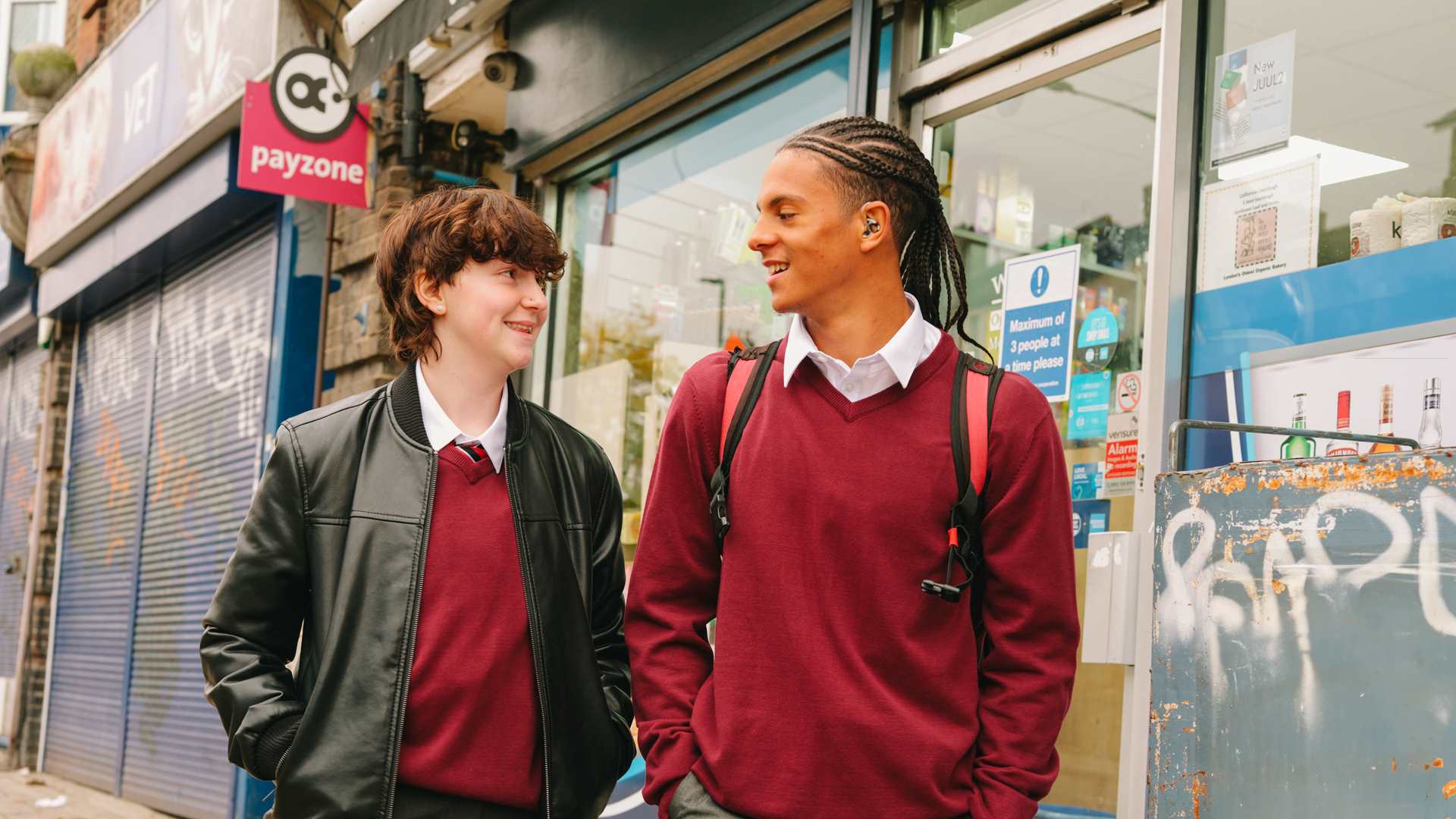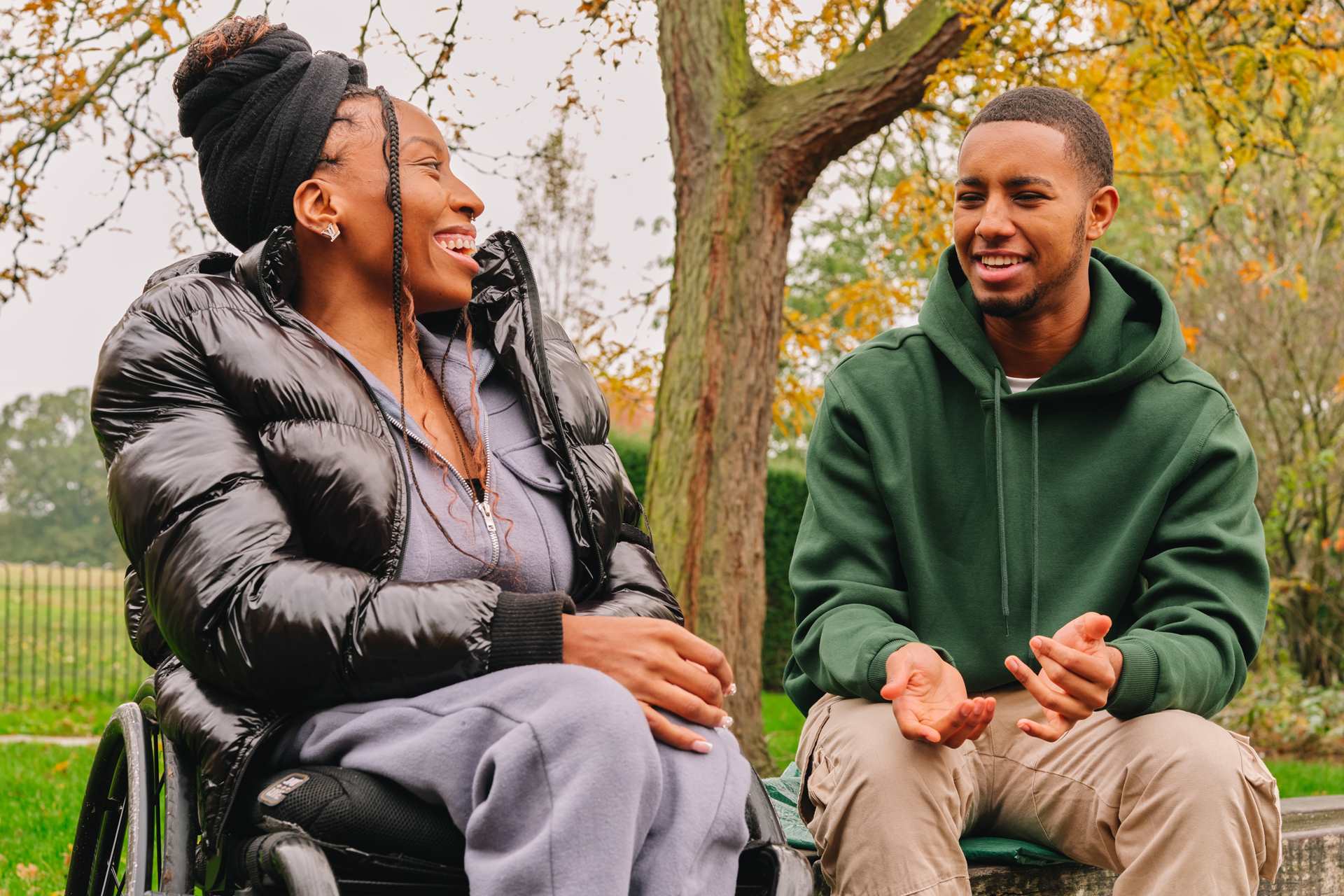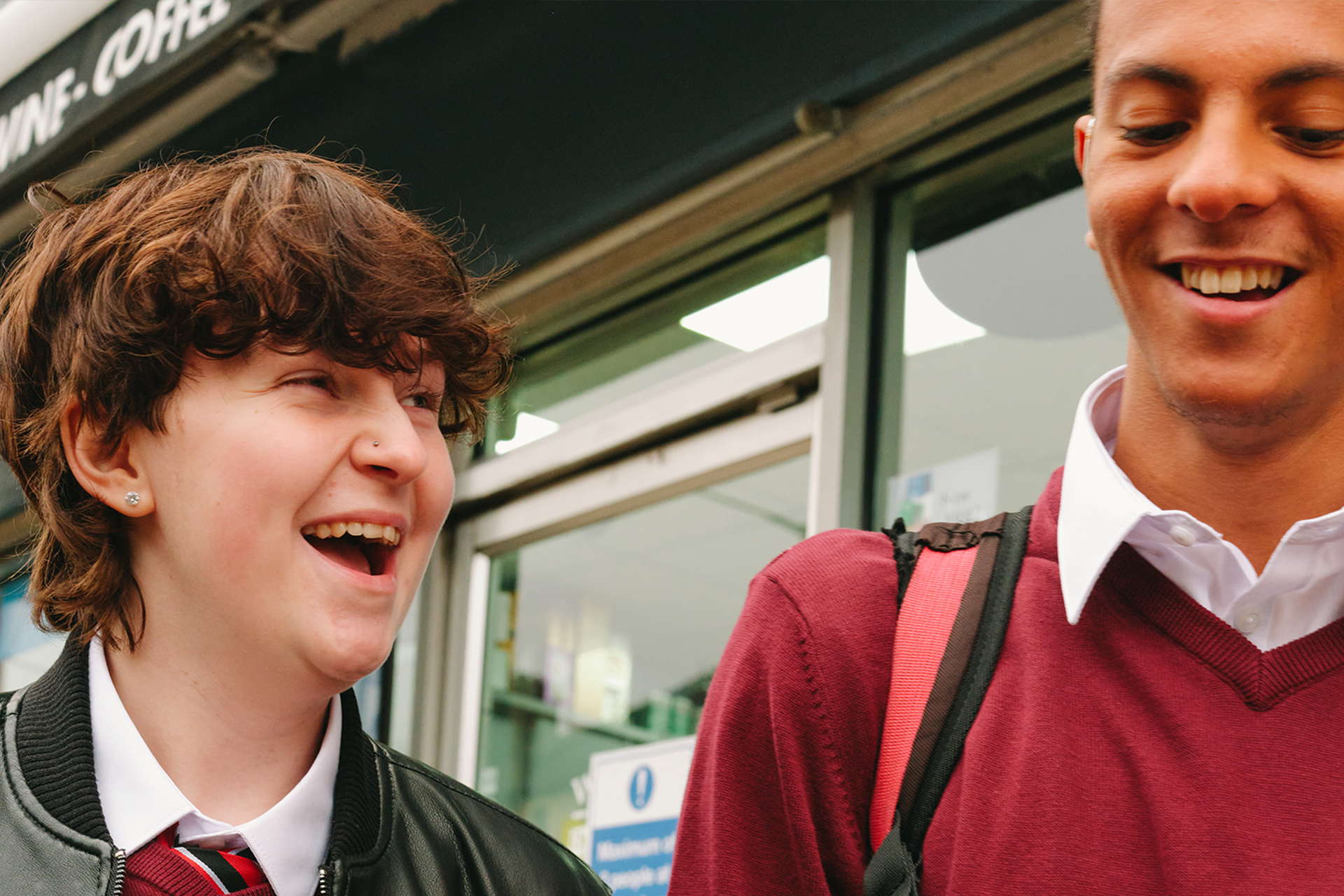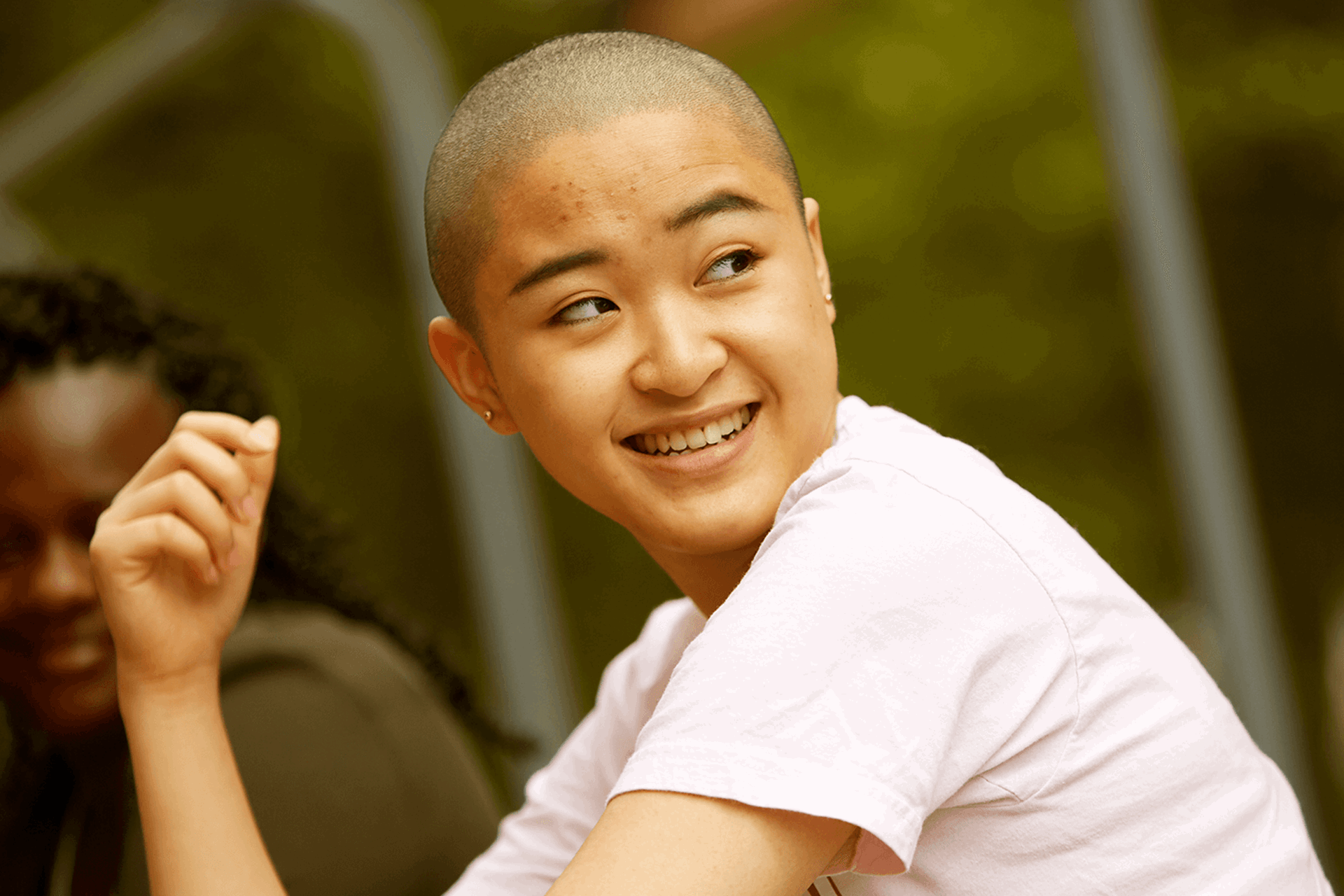We know that Disabled young people face unique mental health challenges.
For Queer Disabled people, things like homophobia and transphobia can make these struggles even more complicated.
Building on our previous project amplifying Black Disabled voices, this page showcases content by Queer Disabled young people. Their voices, often left out of the wider mental health conversation, are honoured here through themes of resilience, joy, and survival.
We hope their work gives you a sense of connection and hope, and reminds you that every part of your identity is worth celebrating.
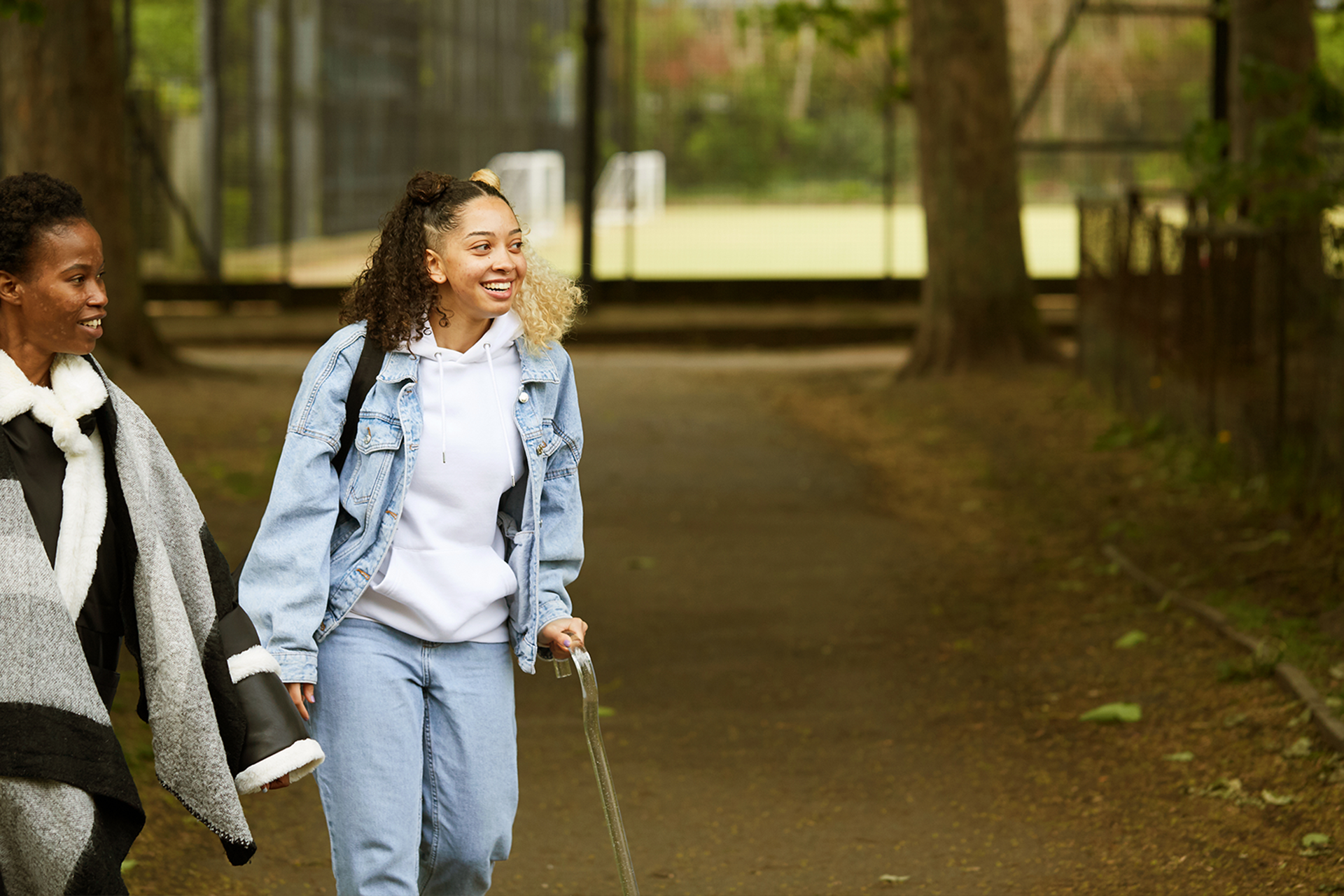
Liv's story
Different, but not distant
Working with YoungMinds to elevate Queer and Disabled voices felt like such a special opportunity—one that really spoke to my heart. My desire to be part of this project comes from a deep commitment to inclusion. I want to live in a world where the intersections of who I am—young, queer, disabled, Black, and a woman—don’t limit the spaces I’m allowed to enter, or the opportunities I’m given. I know I’m not alone in that hope.
There’s this moment in Rick and Morty where Morty’s asked if he’s a "typical Earthian", and he replies, “On Earth, it’s considered inferior to be typical, so we’re all very special and different.” It stuck with me - because when you’re disabled, there’s often this unspoken pressure to be extraordinary just to be treated as equal. But I wanted my content to push back against that. I wanted it to celebrate the beauty in being ordinary, in the everyday things that make me, me.
So I chose to focus on the small joys — the ones that root me in humanity and connect me to others: baking something for the people I love, laughing with my siblings, feeding ducks at the park. These aren’t grand acts, but they’re deeply human. And through them, I’m reminded that queerness and disability aren’t alienating, they’re simply parts of a wider, shared human experience.
This piece is my love letter to the things that tether us to each other. A reminder that our differences don’t divide us—they add colour to the ways we connect. And that living truthfully, and gently honouring who we are, takes a quiet kind of courage that’s worth celebrating.
This video features several different clips taken by and of Liv, a young woman with dark, curly hair. We see shots of nature, travel and pedestrians, friends enjoying time together, and Liv enjoying hobbies such as pole dancing, cooking and feeding ducks. There is a very brief clip from the television programme ‘Rick and Morty’ when Liv mentions the show, and a short slideshow of black and white archive photos of Queer and Disabled people towards the end of the video.
1-minute watch
My advice to another young person experiencing life in a similar way to me would be to remember that even in difficult moments, you are still whole, still worthy, still here - and that matters. Disability can be a painful reminder of life’s fragility, but also a deep call to focus on what truly matters: what you love, what brings you joy, what gives you peace. Start paying attention to the small things - the warmth of light through a window, the sound of music that moves you, the way your body still finds ways to laugh or dance or rest. Those tiny joys are the real magic! They’re lifelines in a world that can sometimes feel overwhelming and isolating. They remind us we’re alive, that we’re connected, and that there’s still beauty to hold onto. Let them be your anchor. Let them be your rebellion. Let them be your way through. Because survival isn’t always loud - it’s often quiet, tender, and built from moments just like these.
Noah's story
The sunny side of being Queer and Disabled
I decided to put a spin on the common narrative found within online media that having a visible difference is a 'wholly' negative thing. Whilst yes, there are definitely negative aspects to it, there are positive aspects that go along with it, as well. For me, there have also been some funny things that I've experienced due to having a visible difference, too. In terms of the queer side of things, I wanted to (again) draw on the fact that there are good experiences out there - that there are good people who will respect you for who you are.
Noah is a young man with a genetic condition called Neurofibromatosis. He has neurofibromas (non-cancerous lumps or bumps on the skin) on one side of his neck and face. He is sitting down in a room speaking to camera about his Disability, other intersections of his identity, and how they have an impact on his day-day life, social interactions, and mental health. He is wearing a black t-shirt and brown glasses.
10-minute watch
As generic as it seems, if you're in a bad spot right now, things will get better. There are people out there who will respect, cherish and celebrate you for who you are.
Srishti's story
To put it simply, the basic intention behind my content is to push for representation. To share a glimpse of my authentic self with the world and show them that Disabled people deserve to be here. That we are not some monsters (as seen in movies). We are worthy of love, affection and equal opportunities!
Video one - Come cook with me:
Srishti is a young wheelchair user. She is in her kitchen preparing a home-cooked meal. There is a montage of photos of dishes Srishti has made towards the end of the video.
1-minute watch
Video two - Celebrate Queer Disabled joy with me:
Srishti is a young wheelchair user. A variety of different clips make up this video, featuring moments from Srishti’s daily life. We see her being out in nature, spending time with friends, dancing and making art.
2-minute watch
Video three - The power of decorating my wheelchair:
Srishti is a young wheelchair user. She’s sitting on the floor in a room in her home beside her wheelchair, which she’s decorating and personalising with arts and crafts materials. Before the end of the video, Srishti points the camera towards herself to reveal an emotional and proud facial expression, before showing a close up of different parts of her newly-decorated wheelchair.
6-minute watch
I see you and your journey. No matter however much the world tries to shun your voice, belittle you and put you down, remember – it's a reflection of them. Your experiences are valid and you deserve to take up space. So be rebellious, be fierce, be your authentic self. We've adjusted enough, it's about time that the world sees us for who we are.
Lyd's story
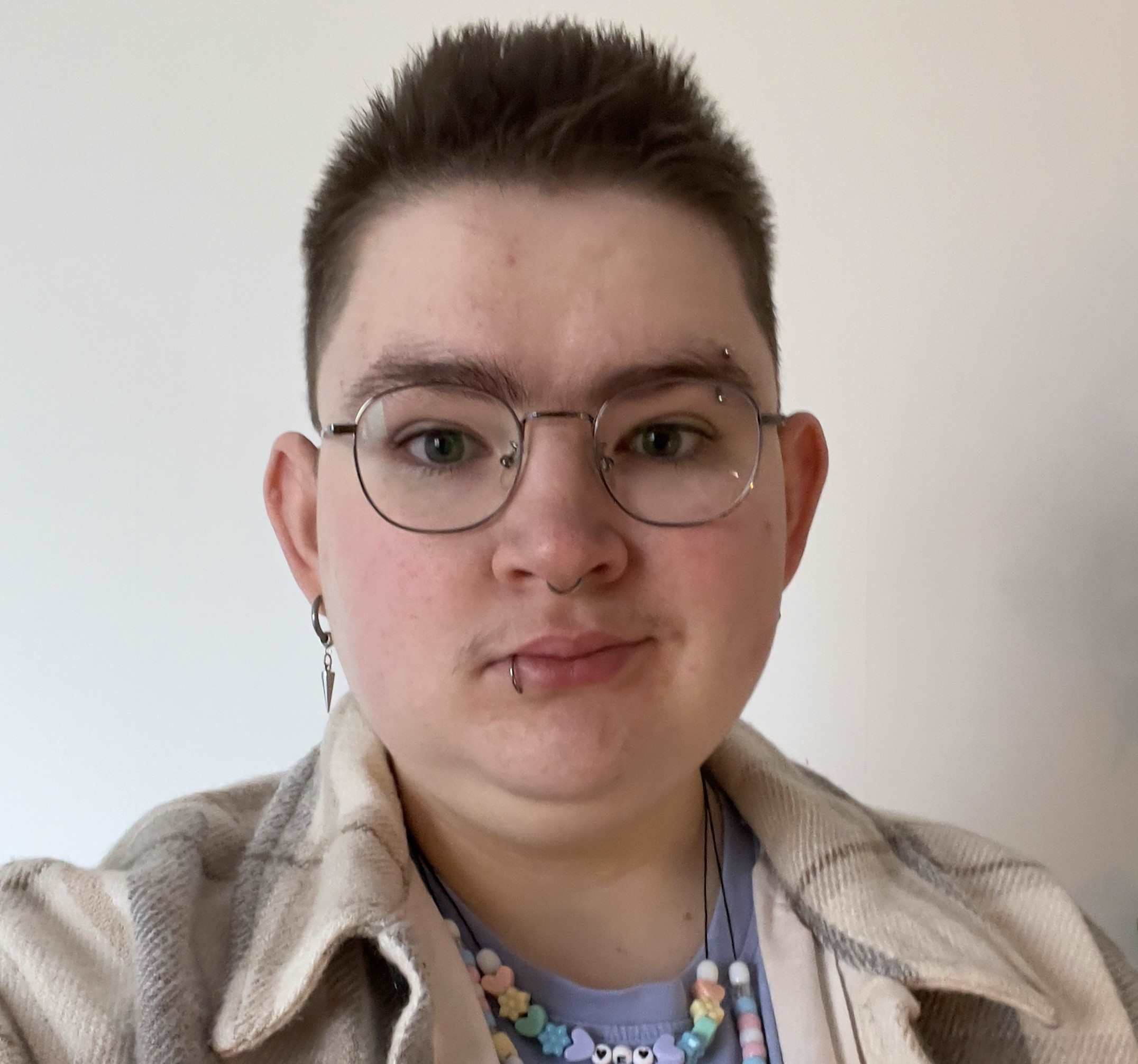
The in-betweens
Growing up, I was always an outcast. Though I did not know at the time that I was transgender and queer, I did know that I didn’t quite fit in with most other people my age. When my mental health deteriorated as a teenager this only furthered my status as an outcast. I started experiencing the world very differently from my peers, hearing voices where everyone else heard nothing and having thoughts and feelings that I could not begin to explain.
I watched those around me grow independence while I was still very reliant on my family. When navigating the world as a young adult who needed a carer, I often felt belittled or patronised. Now that my wife is my carer, I have had experiences where people have questioned our relationship and failed to understand our dynamic.
All of these experiences led me to create The in-betweens, a piece of art I hope will show that no matter how different or “in-between” you feel, there are places where you don’t have to just survive but in fact, you can thrive.
Lyd's illustrations are shown in order as the narration plays:
- Lyd wearing a yellow t-shirt looking at the camera.
- A close up of Lyd's face with question marks around them.
- A nurse wearing a mask with a speech bubble with a question mark in it looks at Lyd's wife and carer.
- Lyd being cared for by their wife and carer.
- Lyd in the background and their wife in front explaining to someone off screen we cannot see.
- Lyd and their wife's hands holding with hearts around.
- Lyd with headphones on, taking one ear off.
- Lyd listening with speech bubbles and lightning bolts around them.
- Lyd covering their eyes while thoughts of spiders, envelopes, eyes, handcuffs and speech bubbles fly above them. Two hands are either side of their face.
- Lyd surrounded by a thought bubble staring at the camera.
- Lyd holding a representation of a pride/trans flag above their head and smiling.
- Lyd not wearing a top, holding their hands on their chest and looking down at their scars, smiling.
- Lyd stands amongst a pride march protest, wearing the flag on their shoulders and looking up into the sky smiling.
- A laptop showing speech bubbles with troll comments.
- Lyd stands with their arms high above them and a rainbow behind them.
- Lyd and their wife sitting together. Lyd is lying in their wife's arms. Both are smiling.
- Lyd's wife helps Lyd do up their jacket top button.
- Lyd sits in a circle of a peer-support group and talks. Everyone is listening.
- Lyd holds the hand of their wife.
- Lyd standing shoulder to shoulder with a group of people. They all have their backs to the camera and their arms around each other.
3-minute watch
A lot of people are going to tell you that “It gets better”, and you probably won’t believe them. When you’re in the thick of it, dealing with things most people can’t comprehend, it feels like an eternal struggle. No matter what, remember that you are worthy of love, kindness and understanding. Finding a support network, full of people who see you for who you are and love you for it, is truly life-changing. I know you won’t believe me, but it really does get better.
